A species in danger of extinction is known as an endangered species. A species in danger of extinction is known as an endangered species. Two major factors contribute to the extinction of species: destruction of natural habitats and a reduction in genetic diversity.
Numerous countries have enacted legislation to safeguard species that rely on conservation, including prohibitions on hunting, restrictions on land development, and the establishment of designated conservation zones. Extensive conservation efforts are being conducted to ensure the survival of certain endangered species, including captive breeding and habitat restoration.
Continue reading to discover about some of the most amazing creatures in desperate need of our assistance, protection, and conservation.
1: Giant Panda

Giant pandas are found mostly in temperate woods in southwest China, where bamboo is their primary source of food. They must consume between 26 and 84 pounds of bamboo every day, depending on the type of bamboo they are eating. For millions of years, the giant panda has been a resident of bamboo forests. Because of its particular characteristics, it is an extremely specialised mammal. Despite its thick coat, the panda is able to stay warm in its natural habitat. Large molar teeth and powerful jaw muscles that allow giant pandas to eat bamboo with ease. A lot of people find big pandas adorable, yet they’re just as dangerous as any other bears. There are still threats to pandas despite their elevated position and lack of natural predators. Just over 1,800 pandas remain in the wild due to human threats.
Did You Know?
- Chi-Chi, a panda that lived at the London Zoo in 1961, the same year WWF was founded, provided the inspiration for the WWF logo.
- Giant pandas were no longer presented as gifts by 1984. China began to provide pandas to other countries only on 10-year loans with terms that included a cost of up to US$1,000,000 per year and a stipulation that any cubs born during the loan are China’s property.
2: Tiger
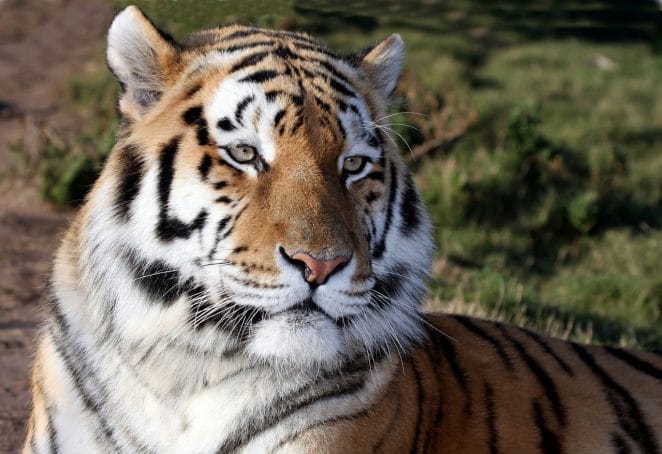
Despite a century of decline, the global population of wild tigers is beginning to rebound. It appears that tiger numbers in India, Nepal, Bhutan, Russia, and China are either steady or growing. As many as 3,900 tigers are still left in the wild, but much more must be done if we are to ensure their survival in the wild. Tigers are still in peril in various locations, including much of Southeast Asia.
It is possible to find Bengal tigers as well as Indochina tigers as well as Sumatran tigers and Malayan tigers. The International Union for the Conservation of Nature’s (IUCN) Red List of Threatened Species lists tigers as “Endangered” over the globe.
Did You Know?
- According to IUCN, the Sunda island and the continental tiger are two distinct tiger subspecies that have been recognised since 2017. There are no island tigers left in Java or Bali, and Sumatra is the only place to find them. You may recognise them as Sumatran tigers. While the Caspian tiger is dead in the wild, the Bengal, Malayan, Indochinese, and Amur (Siberian) tiger populations are still alive and well. The South China tiger is widely assumed to be extinct.
3: Orangutan
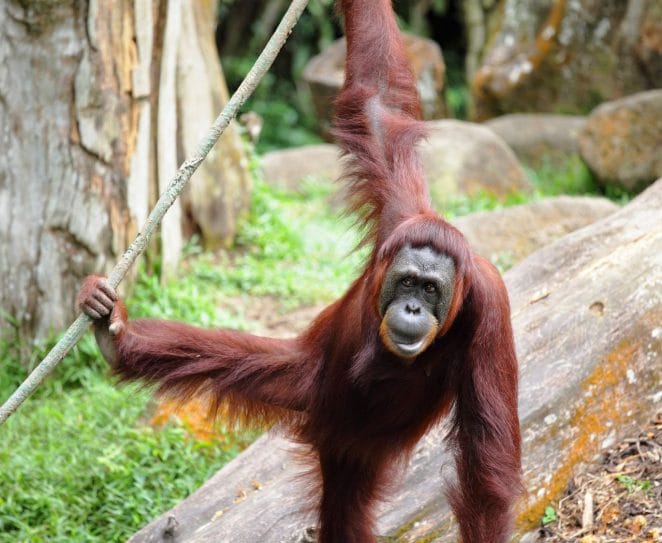
The Malay word for orangutan is “man of the forest.” While living in the lowland forests of their habitat, orangutans lead solitary lives. Wild fruits including lychees, mangosteens, and figs, as well as tree-hole water, are their primary sources of nutrition. For both sleep and repose, they build nests in the branches of trees and other vegetation.
Orangutans are the world’s biggest arboreal animal, spending most of their lives in the trees and known for their striking red fur. In order to get through the branches they have long, muscular arms and gripping hands and feet. The great apes share 96.4 percent of our DNA and are one of the most intelligent animals in the world.
There were possibly more than 230,000 orangutans in total a century ago, but the Bornean orangutan’s population is now projected to be at 104,700 based on updated geographic range (Endangered), and the Sumatran orangutan’s population is believed to be around 7,500. (Critically Endangered).
Did You Know?
- In November of 2017, a third orangutan species was discovered. The Tapanuli orangutan is the most endangered of the great apes, with only 800 individuals left.
- Deforestation in Sumatra is accelerated by the use of palm oil, a common element in food and cosmetics. Oil palm plantations are intruding on orangutan habitat in Sumatra and Borneo at an alarming rate.
4: Asian Elephant

Elephants, the world’s largest land mammal, are intelligent, sociable, and critical to their ecosystems. Asian elephants are slightly smaller than their African relatives and are indigenous to India and Southeast Asia. Elephant numbers have declined significantly over the previous century in Africa and Asia, where they were once widespread. Asian elephants face the biggest threat from habitat degradation and the associated human-elephant conflict.
Did You Know?
- Asian elephants differ from their African cousins in a number of ways, including more than ten physical distinctions. Asian elephants, for example, have smaller ears than African elephants, which have enormous fan-shaped ears. Tusks grow on both male and female African elephants, but only certain male Asian elephants have them.
5: Gorilla
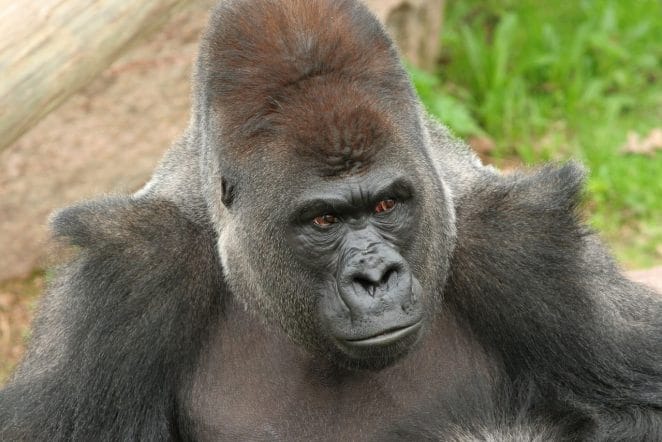
After chimps and bonobos, gorillas are our third-closest living relatives, sharing 98.3 percent of their genetic code. Western lowland gorillas are among the smallest great apes in compared to other great apes. The western lowland gorilla is a peaceful, non-aggressive primate that is endangered due to hunting and disease.
Gorilla populations in the Congo Basin have been falling for decades, and according to a 2010 United Nations study, they may be extinct in large parts of the basin by the mid-2020s.
Did You Know?
- Only one offspring is likely to be born to a female gorilla every four or six years, and only three or four throughout the course of her entire life. Gorillas are unable to recover from population reductions because of their poor reproductive rate.
6: Rhinoceros
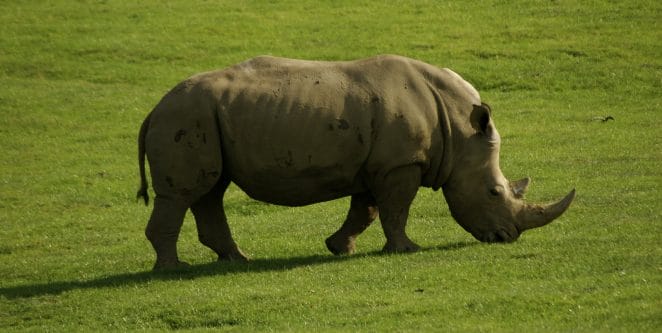
At the beginning of the 20th century, there were an estimated 500,000 rhinos throughout Africa and Asia. There were 70,000 rhinos in the wild in 1970, and today there are only about 27,000 of them. There are three rhino species that are in risk of extinction: the black rhino, the Javan rhino, and the Sumatran rhino. There is currently only one national park in Indonesia where Javan rhinos may be found, and that is on Java’s northernmost tip. Poaching and habitat destruction have decimated the rhino population outside of protected areas for decades.
Did You Know?
- Only 46 to 66 Javan rhinos remain, all of them in Ujung Kulon National Park in Indonesia, which is the closest to extinction. Extinction of a Javan rhino subspecies on Vietnam’s mainland was declared in 2011.
7: Vaquita

One of the most endangered species of marine animal is the vaquita. The Vaquita can only be found in a small area of the northern section of the Gulf of California, Mexico , with about 10 individuals remaining. At just over 100 pounds and a length of approximately 4-5 feet (1.2-1.5 metres), it’s the smallest known cetacean (whale, dolphin, or porpoise) in existence today (45 kg).
Illegal fishing for totoaba, a huge fish prized for its swim bladder, is the greatest threat to vaquitas. Totoaba gillnets entangle vaquitas and they drown because they are unable to swim to the surface for air.
Did You Know?
- Mexico’s government has decided to end its protection of the critically endangered vaquita’s habitat in the Upper Gulf of California, according to a news source. There will be little monitoring of illicit activity in the former refuge, which will now be available to fishing.
8: Snow Leopards
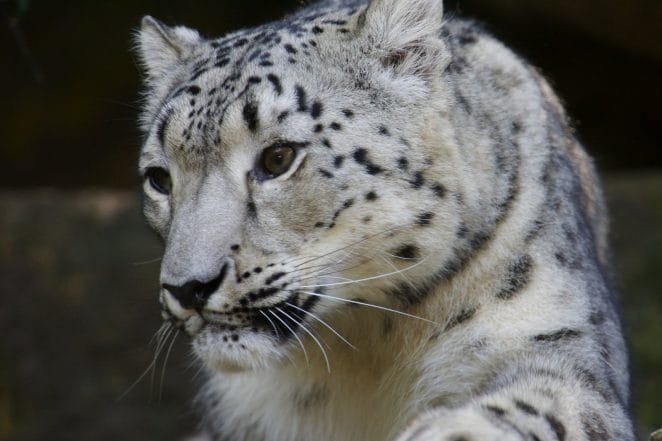
Snow leopards have developed to survive in some of the hardest circumstances on the planet, such as in the Himalayas. White-gray coats with huge black rosettes fit in wonderfully with Asia’s steep and rugged, high mountains. Snow leopards are commonly referred to as the “ghosts of the mountains” because of their extraordinary ability to blend in with their surroundings.
A genetic analysis has revealed that the snow leopard is more closely related to the tiger than previously assumed. There are likely less than 6,500 of these animals surviving in the wild, but data is difficult to come by because to the species’ penchant for inaccessible hilly habitat and its elusiveness.
Did You Know?
- When it comes to vocalisations, the noises of a snow leopard are comparable to those generated by other large cats, such as the purr and mew and the growl and groan of other huge felines. As a result, snow leopards are incapable of roaring, and instead create a non-aggressive puffing sound known as “chuff” instead.
9: Sea Turtles

Sea turtles are a living example of a group of reptiles that have roamed our oceans for more than 100 million years. Turtles have a great deal of cultural and tourist significance, as well as a substantial economic value. Our oceans are home to seven species of sea (or marine) turtles. Of the seven species, five can be found in tropical and subtropical waters all over the world.
Almost all seven of the world’s sea turtle species are listed as threatened or extinct, largely as a result of human activity. It is the most common threat to sea turtles to get caught by fishing gear and die. Additionally, they are hunted and over-exploited in order to obtain their eggs, flesh, skin, and shells, all of which are highly sought for by humans. The breeding sites and eggs of sea turtles are also affected by climate change.
Did You Know?
- Hard shells are found in six of the seven sea turtle species, with leatherback turtles being the exception. Their shells are softer and more leather-like. Leatherbacks are the largest marine turtles, weighing up to 1,500 pounds and measuring 63 inches in length.
10: Whale
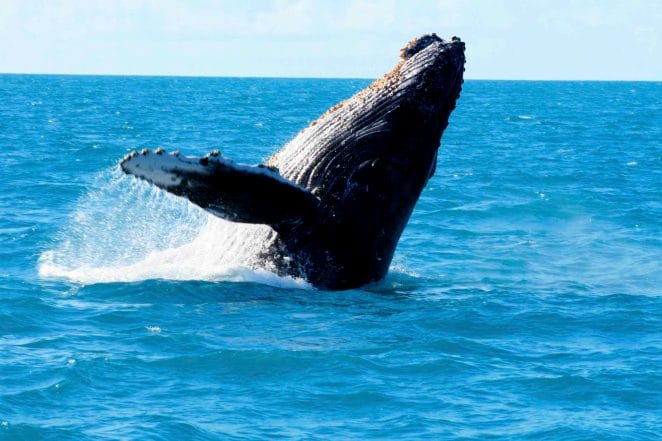
Whales use their mysterious noises to communicate with one another across the world’s waters. The blue whale is the biggest creature on the planet, weighing up to 200 tonnes (approximately 33 elephants). Despite their watery habitat, whales are lungs-breathing creatures. They are warm-blooded creatures that nurse their young in the same way as humans do. They are protected from the cold of the ocean’s surface by a thick layer of fat called blubber.
As of 2018, the global population of mature blue whales was estimated to be between 5,000 and 15,000 individuals. The only known natural threat to blue whales is the killer whale. The International Whaling Commission banned the hunting of blue whales worldwide in 1966.
Did You Know?
- Blue whales are the world’s most audible creatures, even louder than a jet engine. Their calls reach a maximum volume of 188 decibels, while a jet reaches a maximum volume of 140 dB. Their low frequency whistle is audible for hundreds of miles and is very likely used to attract other blue whales.
Sources:WWF, Britannica, AnimalsAroundTheGlobe, One Kind Planet





GIPHY App Key not set. Please check settings